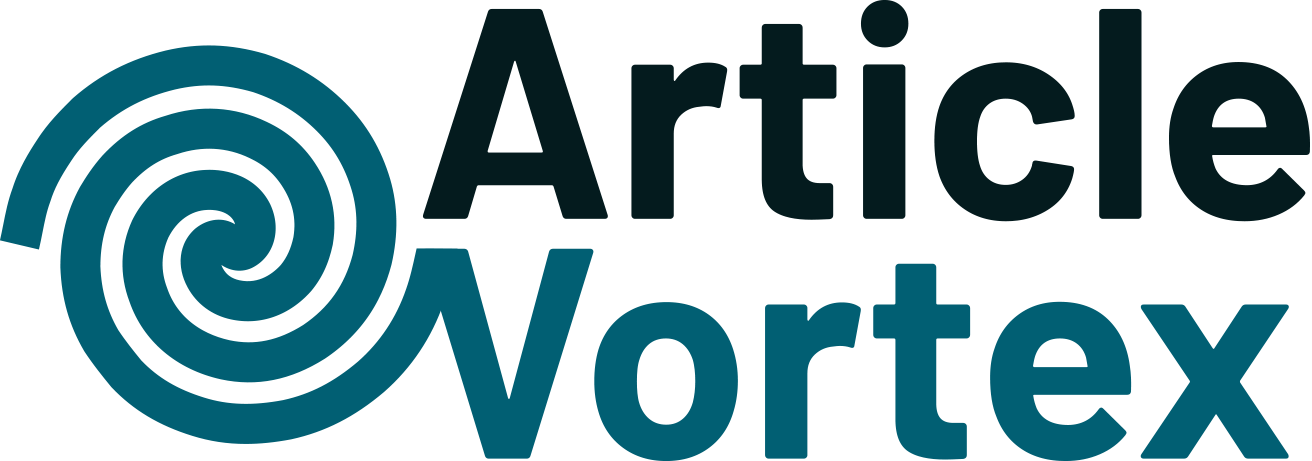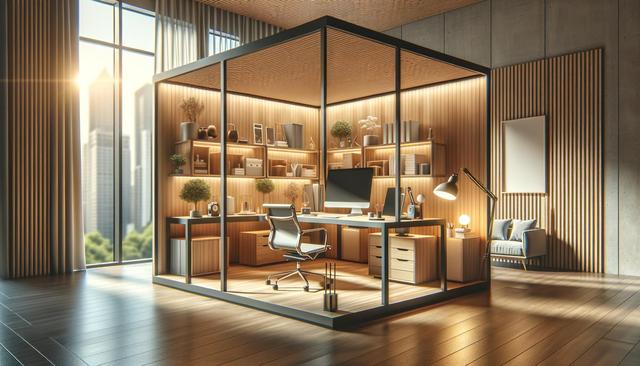The Evolution of the Modern Workspace
Over the past decade, the traditional office setup has undergone a significant transformation. Open-plan offices, once lauded for encouraging collaboration and communication, are now facing criticism for their lack of privacy and potential for distraction. In response, many companies are turning to innovative solutions like the work booth—compact, enclosed spaces designed to provide employees with quiet areas for focused work or private meetings.
Work booths offer a middle ground between the isolation of a private office and the openness of a shared workspace. They cater to the growing need for flexibility in work environments, making them a valuable addition to modern offices that aim to support diverse working styles. With hybrid work becoming the norm, these booths are also being installed in co-working spaces and even public locations such as libraries and airports, further emphasizing their versatility.
What Makes a Work Booth Effective?
An effective work booth is more than just a box with a chair. It is a thoughtfully designed space that balances comfort, functionality, and acoustics. Key features of a high-performing work booth typically include:
- Soundproofing materials to reduce external noise
- Ventilation systems to maintain air quality
- Power outlets and USB ports for device charging
- Adjustable lighting to reduce eye strain
- Ergonomic seating and work surfaces
These elements ensure that users can work efficiently without feeling confined or distracted. In many cases, work booths are also equipped with video conferencing capabilities, making them ideal for remote meetings or virtual collaboration. The ability to retreat into a private space without leaving the office helps employees manage their time and tasks more effectively.
Benefits for Employers and Employees
Introducing work booths into a workspace can offer numerous benefits for both employers and employees. From an organizational perspective, they provide a cost-effective way to accommodate different work preferences without the need for major renovations. For employees, they represent a personal space within a shared environment, improving both satisfaction and performance.
Some of the key advantages include:
- Enhanced concentration and reduced distractions
- Improved confidentiality for phone calls or meetings
- Increased comfort and reduced stress levels
- Support for neurodiverse employees who may require quieter environments
When employees have access to spaces that meet their needs, they are more likely to feel valued and empowered. This, in turn, contributes to higher retention rates and a more positive workplace culture.
Integrating Work Booths into Your Office
Successfully incorporating work booths into an office layout requires careful planning. It’s essential to assess the existing workspace, understand employee needs, and choose booth configurations that align with those insights. Some offices may benefit from single-person booths for focused work, while others might need larger setups for team huddles or collaborative tasks.
Considerations when integrating work booths include:
- Placement near high-traffic areas for accessibility
- Ensuring adequate lighting and ventilation
- Providing a booking system to manage usage
- Offering a mix of booth sizes for different tasks
Offices that thoughtfully implement these structures often see a noticeable improvement in workflow and employee satisfaction. The key is to treat them as part of a broader strategy for workplace wellbeing and productivity, rather than just an aesthetic upgrade.
Future Outlook and Trends
As work continues to evolve, the demand for adaptable solutions like work booths is expected to grow. Technological advancements are also shaping the future of these booths, with features such as smart lighting, noise-cancellation systems, and occupancy sensors becoming more common. These enhancements aim to make the user experience even more seamless and effective.
Furthermore, sustainability is playing a larger role in office design, and many manufacturers are now offering eco-friendly work booths made from recycled or renewable materials. This aligns with broader corporate goals around environmental responsibility and offers another reason for organizations to consider these installations seriously.
In the years to come, work booths may become standard fixtures not only in offices but also in public areas such as cafes, hotels, and transportation hubs. Their flexibility, functionality, and user-centric design make them a compelling solution in the face of changing work patterns and expectations.
Conclusion: Making Space for Productivity
Work booths represent a thoughtful response to the challenges of modern workspaces. They provide a practical and flexible solution for individuals seeking focus, privacy, or a quiet environment to perform their tasks. For businesses, investing in work booths signals a commitment to employee wellbeing and productivity. As office needs continue to shift, these compact spaces will likely play an increasingly important role in shaping how and where we work.












